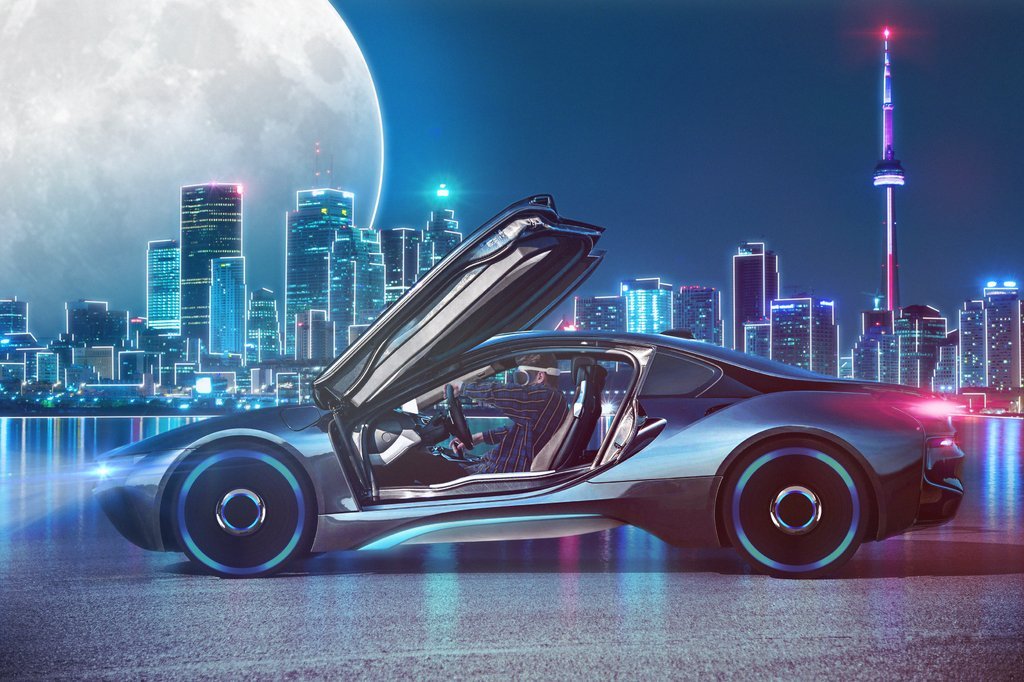In an era where automatic transmissions dominate the roads, the manual transmission—commonly referred to as a stick shifter—has become a rare gem. While many drivers opt for the convenience of automatics, enthusiasts and seasoned motorists still swear by the thrill and benefits of driving a manual car. If you’re considering making the switch, here are six compelling reasons to get a stick shifter.
1. Greater Control Over the Vehicle
One of the most significant advantages of a stick shift is the superior control it offers. With a manual transmission, you dictate the power and torque delivery to the wheels, making it easier to adapt to different driving conditions. Unlike automatic transmissions, which rely on preset shift points, a stick shift allows you to choose exactly when to shift gears. This control is particularly beneficial in situations like driving on steep inclines, navigating slippery roads, or overtaking another vehicle with precision.
Spring Collection 21/22
2. Enhanced Driving Experience
Driving a manual car isn’t just about getting from point A to point B; it’s about engaging with the vehicle on a deeper level. Stick shift vehicles require the driver’s full attention, making the experience more immersive. You become more attuned to your car’s performance, feel the road better, and develop a stronger connection with the machine. For many driving enthusiasts, there’s no substitute for the joy of executing a perfect downshift or rev-matching to maximize efficiency and speed.
3. Better Fuel Efficiency (In Some Cases)
While modern automatics have become more fuel-efficient thanks to technological advancements, many manual transmissions still outperform their automatic counterparts in fuel economy. This is especially true for older vehicles or those without continuously variable transmissions (CVTs). A well-driven manual car can achieve better miles per gallon (MPG) because the driver can optimize gear selection for efficiency. By shifting at the right time and avoiding unnecessary revving, you can squeeze out extra miles from every gallon of fuel.
4. Lower Maintenance Costs
Automatic transmissions are complex systems with many components that can be expensive to repair or replace. A manual transmission, on the other hand, is simpler in design and has fewer parts that can fail. This means that maintenance and repair costs are generally lower. Clutch replacements, while necessary over time, are often less costly than major repairs on an automatic transmission. Additionally, manual gearboxes tend to have a longer lifespan compared to automatics, provided they are properly maintained.
5. Theft Deterrent
Believe it or not, driving a stick shift can be an effective theft deterrent. With manual cars becoming increasingly rare, fewer people know how to drive them. Many car thieves prefer quick getaways, and if they find themselves in a vehicle with a manual transmission, they might abandon their attempt rather than struggle with shifting gears. While it’s not a foolproof security measure, having a manual transmission adds an extra layer of difficulty for potential criminals.
6. More Affordable and Fun Sports Cars
If you’re looking for a budget-friendly sports car, manual transmissions often provide the best value. Many sports cars are still offered with a stick shift, and they tend to be more affordable than their automatic counterparts. The reason is simple: manual cars require less advanced transmission technology, reducing their overall price. Not only do you save money, but you also get a purer, more engaging driving experience that automatic transmissions struggle to replicate. The feeling of rowing through the gears on a twisty road is something automatic drivers simply miss out on.




